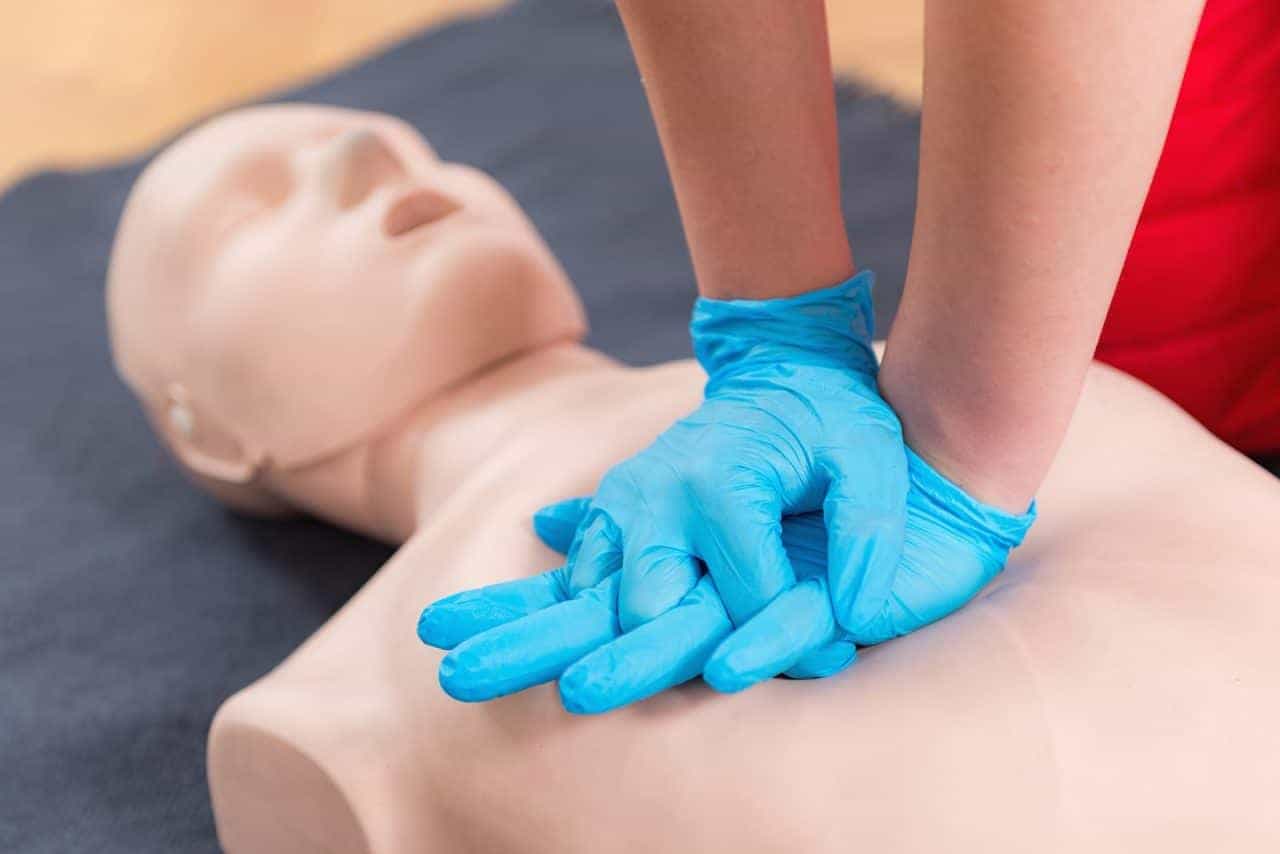Safety procedures in the workplace are important because they protect workers in various industries from life-threatening falls. Falls do not only lead to economic losses but may also result in the loss of lives, long-term injuries, and the suffering that follows.
This has people asking, “Who needs a Working at Heights training program?” It has been proven that a comprehensive heights training program significantly reduces workplace injuries, increases employee morale, and benefits the reputation of companies.
In construction projects, as well as industries like maintenance and mining, fall protection measures are essential. Besides the elimination of fall hazards in all workplaces, safety procedures for falling from heights are crucial to ensuring a secure work environment.
Most falls are caused by a lack of prevention efforts that include:
Poor working conditions in some workplaces are caused by inadequate lighting, incorrect housekeeping practices, and slippery surfaces.
Insufficient protective devices.
Lack of fall protection equipment, including a fall arrest system and a fall restricting system.
Unavailable or insufficient training programs on how to use fall-protection equipment properly.
Non-existent or invalid mandatory working at heights training for employees.
Ill-maintained ladders and scaffolding.
Employees have unclear job procedures and task responsibilities.
Unfortunately, fall protection equipment cannot protect employees if it is not used correctly for the task performed. Proper training and adherence to safety regulations are key to preventing workplace accidents.

When is Working at Heights training required?
It is important to understand who needs Working at Heights training. All workers on construction projects who use fall protection devices must complete a Working at Heights training program. The program must be completed before the worker can use fall protection on the job. The course training provider must be approved by the Chief Prevention Officer of the Ministry of Labour, Training and Skills Development. Additionally, workers must ensure their approved training program date is valid to remain compliant with safety regulations.
Any worker required to use fall protection must complete both Working at Heights training and equipment-specific training. This is set out in O. Reg. 297/13: Occupational Health and Safety Awareness Training.
Methods of fall protection requiring Working at Heights training include:
Safety and work belt
Safety net
Fall arrest system and fall restricting system
Travel restraint system
Ensuring compliance with mandatory working at heights training requirements is essential to maintaining a safe work environment and preventing workplace accidents.

What does one learn at Working at Heights training course?
Now that we know who needs Working at Heights training, we can discuss what is taught in the course. The course covers both the theoretical and practical aspects of working safely from any height. Besides learning how to work safely and prevent falls, trainees are also taught risk assessment and hazard elimination. Training includes correct equipment selection and use; the use of rigging and anchor systems, correct work positioning, fall arrest system, and travel restraint system.
The important use of energy-absorbing lanyards is taught, and safety training also includes the use of ladders and their safety. Trainees also learn all the Canadian standards, regulations, and legislation, including fall protection training requirements for construction projects.
Additionally, all training records must be properly maintained to ensure compliance with safety regulations. If you have previously taken a Working at Heights course, the refresher training is very important because it contributes to an ongoing training process that increases safety awareness. Employers must also verify that the course provider is approved by the Chief Prevention Officer to meet provincial safety standards.

Stay Safe on the Job!
Join our Working at Heights course and gain the essential skills and knowledge to work safely at elevated levels. Learn best practices and safety protocols to prevent falls and ensure a secure work environment.
How long is the certification valid for?
The validity of the course is three years after its successful completion. Thereafter, successful completion of the re-training course renews the certificate for another three years. Refresher safety training is only available for those who have completed the two modules of an approved program offered by an approved working height training provider. The same approved providers also offer refresher training courses that meet training standards set by regulatory authorities. The eligibility status of certification can be checked here.
Construction workers and employees in construction projects must ensure their certification remains valid, as it is required for using fall protection devices, including a full body harness. Additionally, employers must maintain training records to verify compliance with safety regulations.
Workers changing employers do not need to complete another program if their course is still valid. However, it is essential to confirm that the training provider was approved by the Chief Prevention Officer to ensure compliance with safety regulations.
Proof of Working at Heights Training
Once training is completed through an approved training provider, the person receives proof of completion. This proof is also available from the Ontario Ministry of Labour, Training and Skills Development or SkillsPass™ through a secure account, which is easy to set up.
For employers to access these records, they need consent from their employees. Maintaining proof of valid working at heights training is essential for compliance with workplace health and safety regulations, particularly for those involved in construction projects. Employers should also ensure that workers receive additional training when necessary to meet updated safety requirements.
All training must be conducted by a provider approved by the Chief Prevention Officer, ensuring adherence to provincial safety standards.

Replacing lost certification
Lost or damaged certification can be re-printed from SkillsPass™ or by contacting the training provider.
Responsibilities of the employer
It is the responsibility of the employer to ensure that all workers have training on the fall protection equipment they use. They are also responsible for ensuring that employees have Working at Heights training from an approved training provider and that it is still valid.
The employer must also keep a copy of the worker’s proof of completion document. The document must include the worker’s name, approved training provider’s name, and the date on which it was completed. The record must be available at the request of a Skills Development Inspector from the Ontario Ministry of Labour, Training and Skills Development.
Employers are also responsible for the safety of their employees if they work in a potential fall hazard job. It is up to the employer to identify the tasks to be carried out at a height and assess the risk to those working up there. They also need to secure those working below from falling objects. Control measures, such as a safety net, safety belt, and travel restraint system, need to be implemented and must be assessed regularly.
Additionally, employers must ensure that workers using operating machinery at heights receive proper training to prevent accidents and maintain workplace safety.

How to enroll in a Working at Heights training
At Coast2Coast, we provide private WAH training courses for those who wish to earn a Working at Heights certificate. Training is offered in an online blended format, allowing the student(s) to complete half of their training online prior to attending an in-class session. The in-class portion includes a practical component, ensuring participants gain hands-on experience with fall arrest systems, safety belt usage, and safety net applications.
To meet training requirements set by the Ministry of Labour, students must also complete any equipment-specific training required for their job roles. Our training aligns with Ontario working at heights regulations to ensure full compliance.
In-class training may be completed at the location of your choice. We will send one of our highly trained instructors to you!
Register for First Aid Training
Register today for a First Aid Training course and learn how to deal with emergencies and keep your loved ones safe! Check out our facilities and book your spot now.













No comment yet, add your voice below!